 Image Credit: Shutterstock
Image Credit: Shutterstock
Every time you visit the supermarket, you might be spending more than you realize. Common habits like shopping without a plan or falling for in-store promotions can quietly inflate your grocery bill, making it harder to stick to your budget.
In fact, research shows that Americans waste up to $1,500 a year on uneaten food. This highlights how easy it is for everyday grocery trips to drain your finances if you’re not careful. With rising costs and tight budgets, learning how to avoid these costly mistakes has never been more important.
In this article, we’ll get into some of the most common supermarket mistakes and provide practical strategies to help you save more.
Are you ready to start spending less on your next supermarket trip? Let’s start and finally feel in control of your grocery spending!


Walking into a supermarket without a list is like going into a battle without a plan. You’re likely to grab items you don’t need or forget essentials, leading to another trip. Writing down what you need in advance keeps you focused and prevents impulse purchases.
It also helps you stick to a budget because you’re only buying what’s necessary. Making a habit of writing a list before leaving home also saves time. Instead of wandering through aisles trying to remember what you need, you’re in and out quickly, avoiding distractions and extra costs.
The organization that a list provides keeps your shopping experience streamlined and budget-friendly.
The Art of Frugal Food Shopping: How To Save On Groceries
Ignoring Weekly Sales
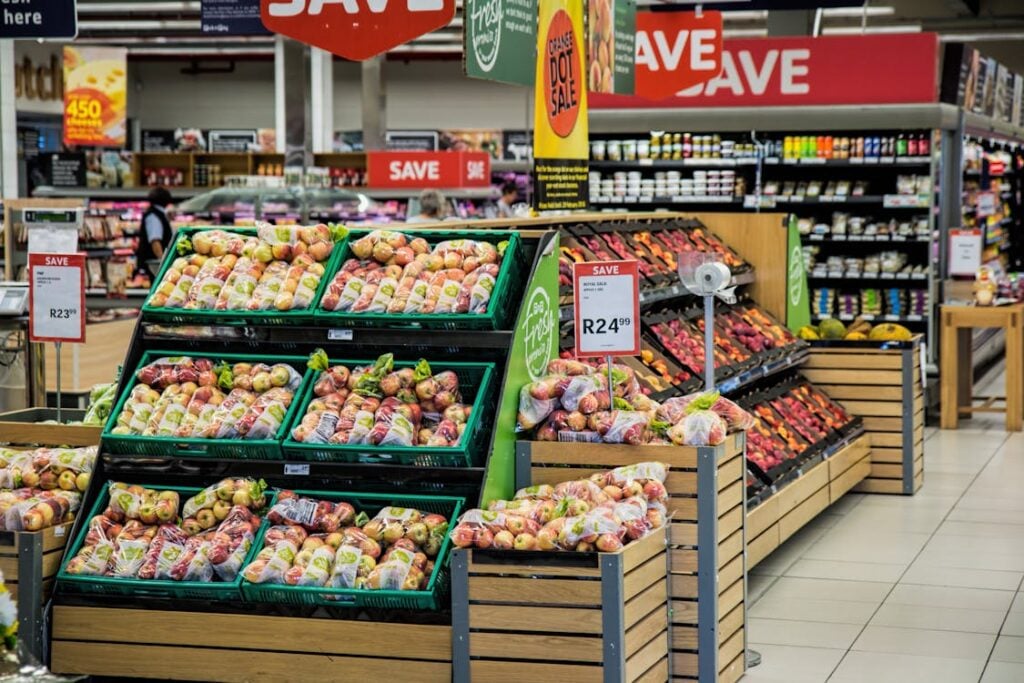

Supermarkets rotate sales weekly, and ignoring these deals is a major money waster. Paying full price for items that regularly go on sale can drain your grocery budget quickly.
Taking a few minutes to check weekly ads or store apps can help you identify which items to buy in bulk or plan your meals around. Incorporating sale items into your meal plans can save a significant amount of money.
Earn Free Gift Cards
Swagbucks: Coupons, Paid Online Surveys & Free Gift Cards
Do you want to make money online simply by searching, shopping, surveys, or playing games?
Pros:
- Account creation is free
- Big bonus on sign up
- Many ways to earn free money
- Mobile-friendly rewards site and apps
- Simple to complete tasks
- $10 to sign up
Cons:
- Not exactly passive income
- Redeeming SB points sometimes takes awhile
- It isn’t easy to qualify for all surveys
- Customer service isn’t the greatest (or fastest)


For example, if chicken is on sale, consider making several chicken-based meals that week. Capitalizing on these sales makes a noticeable difference in your overall grocery spending without compromising on variety or quality.
🙋♀️Groceries Are Expensive: 18 Cheap And Versatile Foods
Buying Name Brands


Brand loyalty can be costly. While some name-brand products are worth the extra price, many store brands are just as good and often come from the same manufacturers. Supermarkets mark up well-known brands significantly, relying on consumers’ assumptions that higher prices equal better quality.
Testing out store brands can reveal that you’re getting comparable products for less money. Over time, switching to generic items where quality isn’t compromised can shave a large amount off your total grocery bill, especially on everyday staples like pasta, bread, or canned goods.
18 Grocery Items You Can Easily Make at Home (And Save Big!)
Going to the Store Hungry


Shopping on an empty stomach is a sure way to overspend. Hunger makes everything look more appealing, and you’re likely to grab more snacks, processed foods, or convenience items that weren’t on your list. These impulse buys can inflate your bill and often aren’t necessary for your meal plans.
To avoid this, try to eat something before heading out. With your appetite satisfied, you’ll have better control over what you put in your cart, sticking to your list and avoiding expensive treats that can blow your budget.
12 Tasty Foods You Can Eat A Lot Of And Not Get Fat, According To a Registered Dietitian
Falling for Marketing Tricks
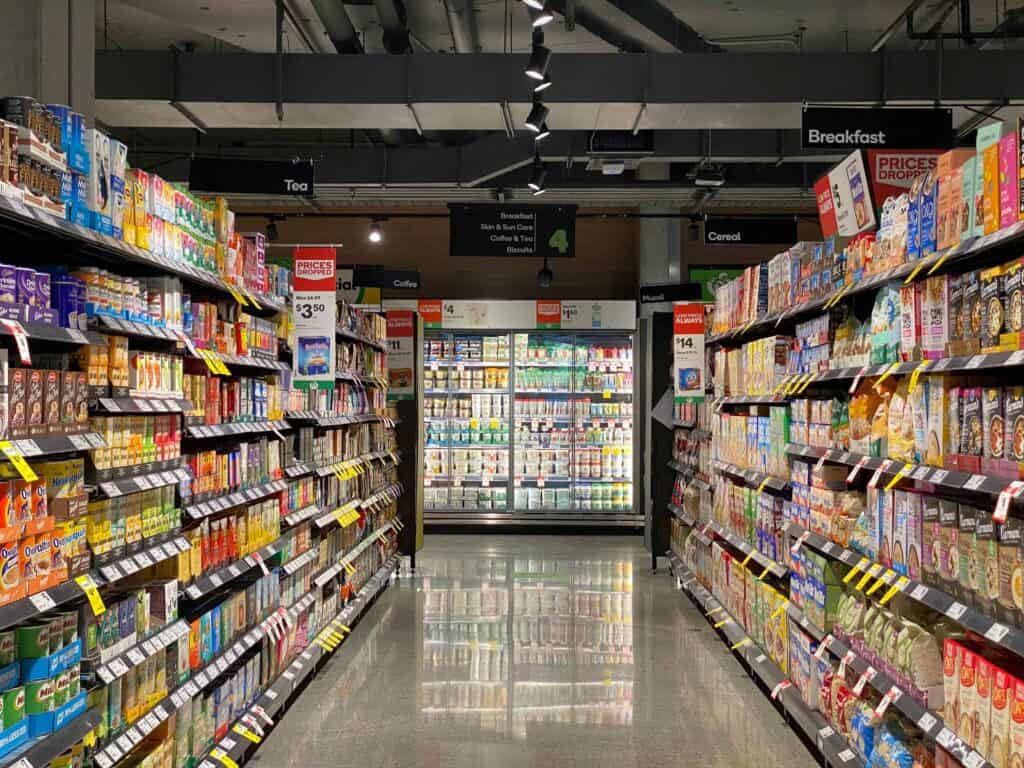

Supermarkets are designed to encourage spending. End caps, the displays at the end of aisles, often feature high-profit items rather than deals. Stores also place essentials like milk and bread at the back so you have to walk past tempting products to get to them.
Being aware of these tactics helps you stay focused. Stick to your list and avoid impulse buys, especially at checkout where candy, magazines, and other last-minute temptations are strategically placed. Awareness of these marketing tricks gives you more control over your spending.
🙋♀️Save 50% OFF All Plans + FREE Shipping from Nutrisystem through this link.💪
Buying Pre-Packaged Produce
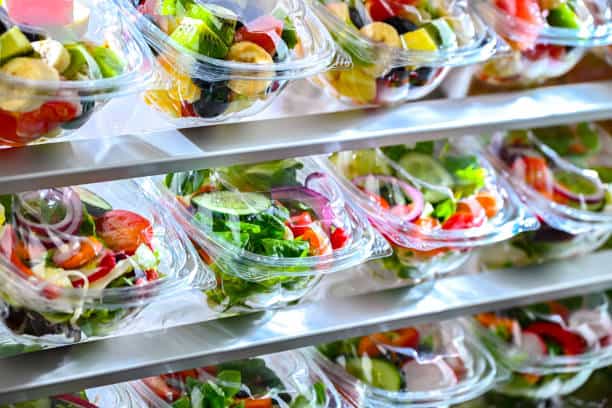
 Image Credit: iStock
Image Credit: iStock
Convenience can come with a hefty price tag. Pre-sliced fruits, chopped vegetables, and bagged salads are significantly more expensive than their whole counterparts. While it might save time to buy produce that’s ready to eat, it’s a cost that adds up quickly over time.
Opting for whole produce and preparing it at home is an easy way to cut down on grocery costs. The few minutes it takes to slice your own vegetables or fruit can translate to substantial savings, especially for frequent shoppers.
30 Foods You Need To Stop Storing In Your Refrigerator
Overlooking Bulk Purchases

 Image Credit: iStock
Image Credit: iStock
Bulk bins offer excellent value, especially for non-perishable items like rice, beans, and nuts. While the initial cost may seem higher, buying in bulk reduces the price per unit, saving you money in the long run.
Yet, many shoppers skip over bulk items in favor of convenience, which ends up costing more. Stocking up on items you regularly use in bulk can significantly lower your overall grocery expenses.
It’s important to remember, though, that bulk shopping only saves money if you use what you buy, so stick to items that have a long shelf life or that you use frequently.
17 Things You Can Get for Free at Grocery Stores (With Video)
Buying Convenience Foods

 Image Credit: Pexels
Image Credit: Pexels
Pre-packaged or single-serve items, such as individual snack packs or frozen meals, might save time, but they’re often more expensive than buying in larger quantities and preparing your food. Convenience foods come with a markup that reflects the added cost of packaging and preparation.
Instead of buying individual portions, consider buying larger packages and dividing them into smaller servings at home. This small effort can lead to substantial savings over time, particularly if you regularly purchase convenience snacks or meals for work or school.
🙋♀️If you like what you are reading, then click like and subscribe to my newsletter. We share tips to waste less time and money.
Skipping Loyalty Programs
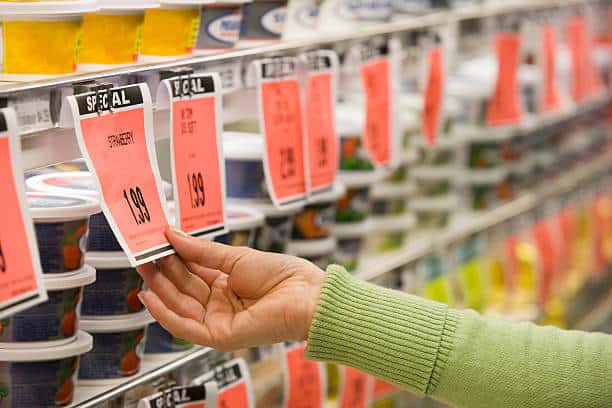

Many supermarkets offer loyalty programs that provide discounts, special promotions, and even cash back on purchases. Not signing up for these programs means missing out on potential savings that are readily available to anyone willing to take a few minutes to register.
Most loyalty programs are free and easy to join, offering weekly discounts, points on purchases, or personalized coupons. These benefits can lead to consistent savings every time you shop, so it’s worth signing up and checking for special offers before you go to the store.
Apply For Discount Cards & Loyalty Programs To Save More Money
Paying for Premium Organic
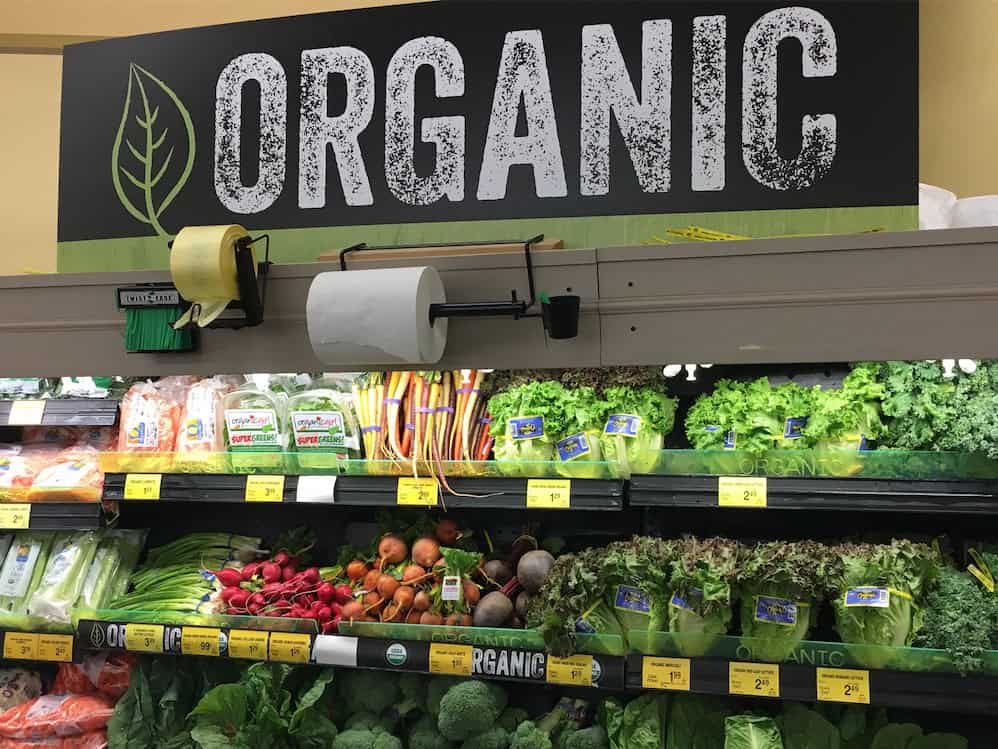

Organic products can be significantly more expensive than non-organic counterparts, and while it’s worth buying organic for some items, it’s unnecessary for others.
The Environmental Working Group’s “Clean Fifteen” and “Dirty Dozen” lists can help you determine which produce items have the least and most pesticide residues, allowing you to prioritize your organic spending.
Being selective about when to buy organic can lead to considerable savings without sacrificing your health. Focus on the items that are most important to buy organic, like strawberries or spinach, and buy conventional for the rest.
The Truth About Organic Food: 17 Myths People Get Wrong (With Video)
Not Comparing Unit Prices
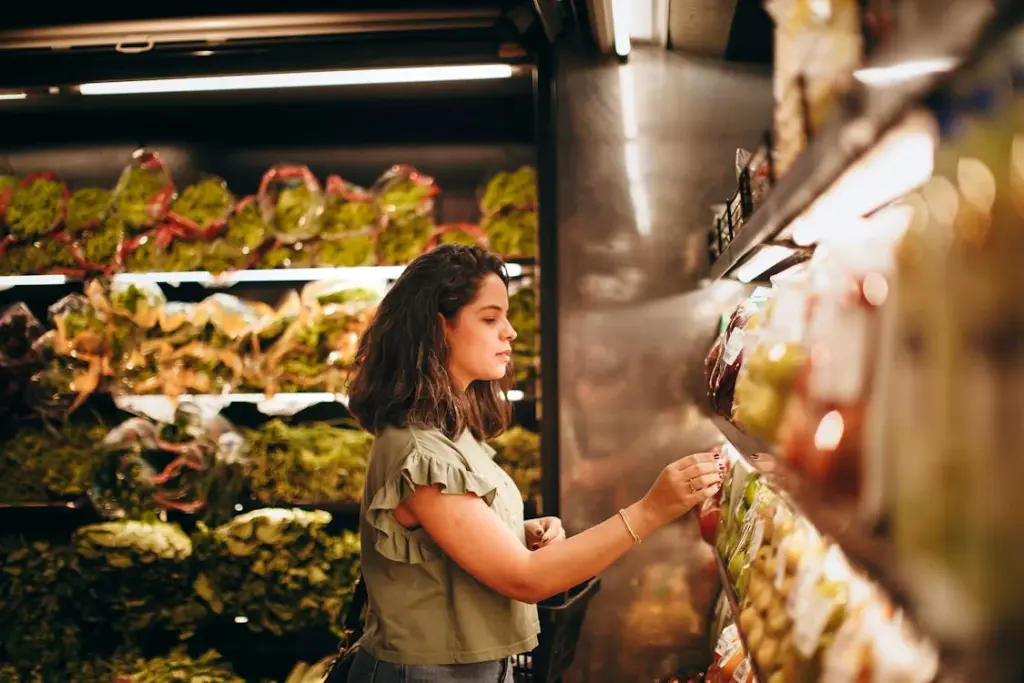
 Image Credit: Pexels
Image Credit: Pexels
Many shoppers look only at the price tag without considering the unit price, which can lead to overspending. Unit prices show the cost per ounce, pound, or liter and can help you make more informed decisions. Often, larger quantities have a lower unit price, even if the total cost is higher.
Comparing unit prices allows you to see which product offers the best value, helping you get more for your money. This simple habit can lead to substantial savings over time, especially on pantry staples that you buy frequently.
Food Shortages Ahead? 20 Items You Should Buy Now “Just In Case”
Ignoring Frozen Foods
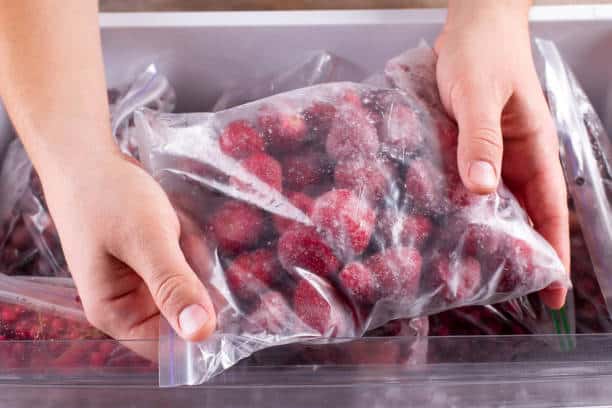
 Image Credit: iStock
Image Credit: iStock
Frozen fruits and vegetables are often just as nutritious as fresh ones, but they’re typically much cheaper. By choosing frozen over fresh, you can save money without sacrificing quality, especially on out-of-season produce.
Incorporating frozen produce into your meals can help you stick to your budget without compromising on nutrition. Plus, frozen foods have a longer shelf life, reducing the likelihood of waste and saving you even more in the long run.
13 Really Healthy Foods That (Most) People Refuse To Eat
Throwing Away Food
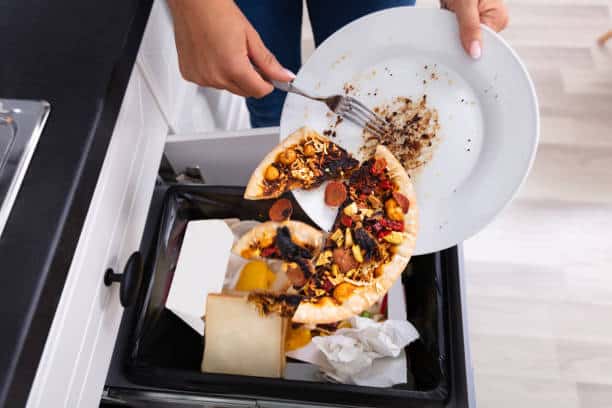
 Image Credit: iStock
Image Credit: iStock
Food waste is a major source of lost money for many families. Throwing out spoiled produce, expired dairy, or forgotten leftovers adds up over time. Planning your meals and buying only what you need can help reduce waste and save money.
Using up leftovers and getting creative with ingredients on the verge of expiring also helps minimize waste. Not only does this practice stretch your grocery budget, but it also encourages you to make the most of what you have, leading to less frequent trips to the supermarket.
12 Kitchen Hacks that Reduce Food And Financial Waste
Failing to Meal Plan


Meal planning is one of the most effective ways to save money on groceries. When you know exactly what meals you’re going to make for the week, it becomes easier to avoid unnecessary purchases.
Without a plan, you may find yourself buying items that don’t get used or making last-minute trips for missing ingredients. Setting aside time each week to create a meal plan can help you streamline your shopping, stick to your budget, and reduce the amount of food that goes to waste.
It also makes cooking at home more convenient since you’ll already have everything you need on hand.
Manage Meals Easier With These Meal-Prepping Tips, From A Mom
Using Grocery Delivery Services Too Often
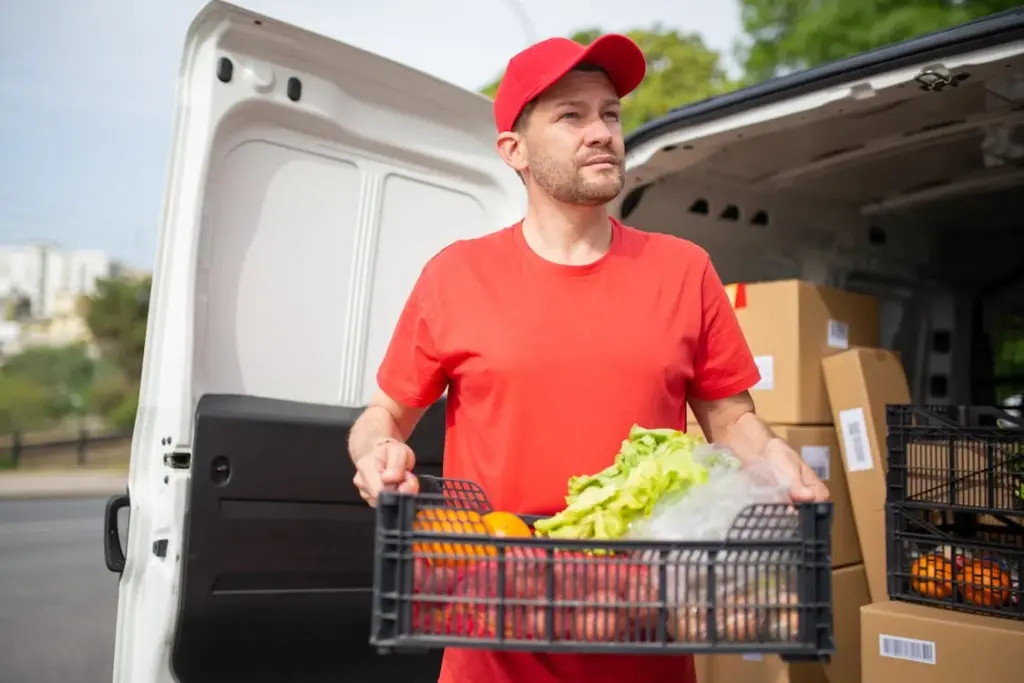

While grocery delivery services are convenient, they often come with added fees and higher prices on some items. Frequent use of these services can lead to unnecessary expenses that could be avoided by shopping in person.
Although delivery is useful on occasion, making it a regular habit can inflate your grocery bill. Shopping in person allows you to take advantage of in-store deals and avoid extra costs like delivery fees or markups on items.
🙋♀️If you like what you are reading, then click like and subscribe to my newsletter. We share tips to waste less time and money.
Overbuying Perishable Items

 Image Credit: Pexels
Image Credit: Pexels
Buying too many perishable items like fresh produce or dairy can lead to spoilage, resulting in wasted money. It’s easy to overestimate how much fresh food your household will consume, but being mindful of this and buying only what you’ll realistically use can prevent waste.
To reduce the chances of spoilage, plan meals around what you have at home and buy perishable items in smaller quantities. This helps ensure everything is used before it goes bad, leading to fewer trips to the store and more money saved.
Is the Fountain of Youth in Your Kitchen? 25 Foods That Help You Stay Young and Healthy
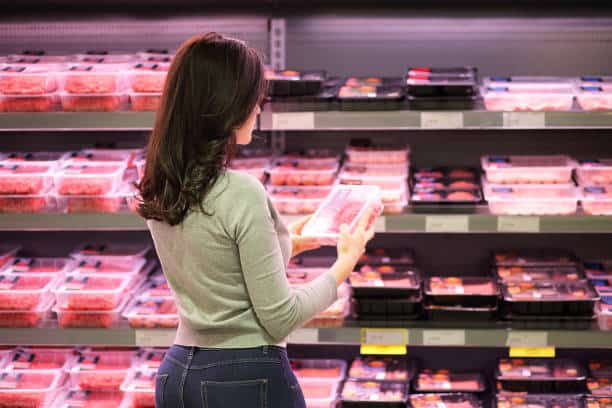
 Image Credit: iStock
Image Credit: iStock
Sticking to one store out of convenience might cost you more money. Different supermarkets offer different prices on the same items, and some stores have better deals on specific categories of groceries like produce, meat, or household goods.
Taking the time to compare prices at various stores can help you find the best deals and get more for your money. Even if it means visiting two different stores for your weekly shop, the savings can be worth the extra effort.
U.S. Prices vs. The World: Are You Paying More Than Everyone Else?
Failing to Use Coupons
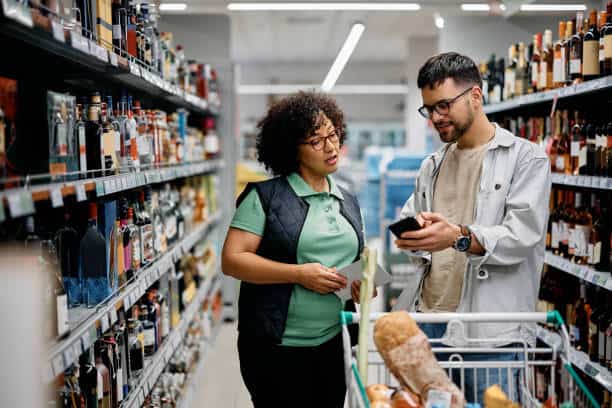
 Image Credit: iStock
Image Credit: iStock
Coupons, both digital and paper, can lead to significant savings if used correctly. Many shoppers overlook coupons because they think the savings are insignificant, but over time, small discounts add up.
Using coupons strategically by combining them with store sales or promotions can lead to even bigger savings. With digital coupons available on most supermarket apps, it’s easier than ever to find and apply discounts to your purchases.
Michaels Printable Coupons and Promo Codes 2024
Buying Non-Grocery Items at the Supermarket

 Image Credit: iStock
Image Credit: iStock
Supermarkets often carry non-grocery items like toiletries, cleaning supplies, and paper products, but these items are usually more expensive than what you’d find at discount stores or online retailers. While it’s convenient to grab everything in one trip, this convenience comes at a price.
It’s smarter to purchase non-food items separately at stores known for their lower prices. This strategy ensures you’re not overpaying for essentials like soap, shampoo, or laundry detergent.
22 Cheap and Crucial Items You Should Stockpile Today (With Video)
Buying Items Just Because They’re on Sale


Sales can be tempting, but buying items just because they’re discounted can lead to overspending. It’s easy to think you’re saving money, but if the item wasn’t something you needed or planned to buy, it’s still an unnecessary expense.
To avoid falling into this trap, focus on buying sale items that are on your list or that you regularly use. By sticking to a budget and planning purchases carefully, you can take advantage of sales without inflating your grocery bill.
Expert Panel Shares The Truth About 13 Controversial Foods
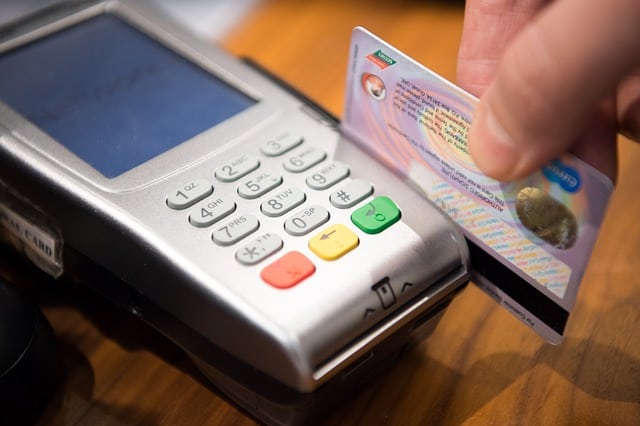

Using a credit card makes it easier to overspend. When you pay with cash, you have a physical limit, which can help curb unnecessary purchases. Swiping a card, on the other hand, allows you to exceed your budget without immediate consequences.
By setting a cash limit for your grocery trips, you’re more likely to stick to your budget and avoid impulse buys. If you do use a credit card, be mindful of your spending and ensure you can pay off the balance in full each month to avoid interest charges.
20 Credit Card Mistakes Many People Make (And How to Fix Them)
Take Control of Your Grocery Spending


Supermarket trips don’t have to be a constant drain on your wallet. By adopting smart shopping habits like sticking to a list, taking advantage of weekly sales, and avoiding convenience foods, you can keep more cash in your pocket without compromising on quality or variety.
Planning ahead and making mindful choices allows you to shop more efficiently, while reducing waste and unnecessary expenses. Start small by adjusting one or two habits, and watch how these savings add up over time.
With these simple strategies, you’ll have more money for what truly matters, and maybe even a little extra to treat yourself along the way.
🙋♀️If you like what you just read, then subscribe to my newsletter and follow us on YouTube.👈
AI was used for light editing, formatting, and readability. But a human (me!) wrote and edited this.





